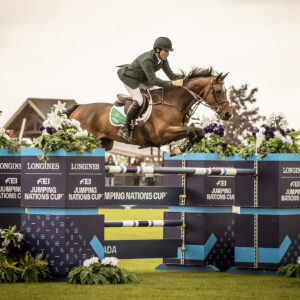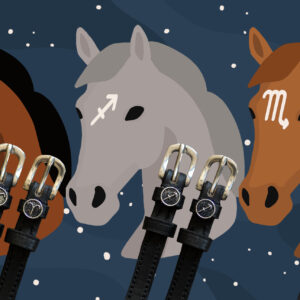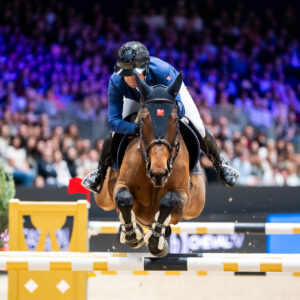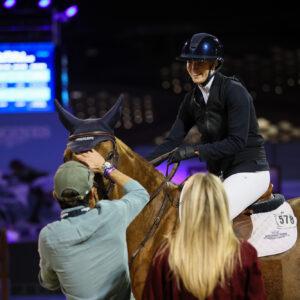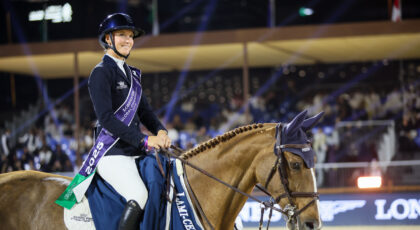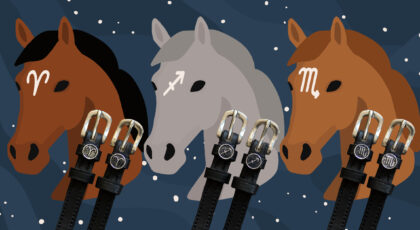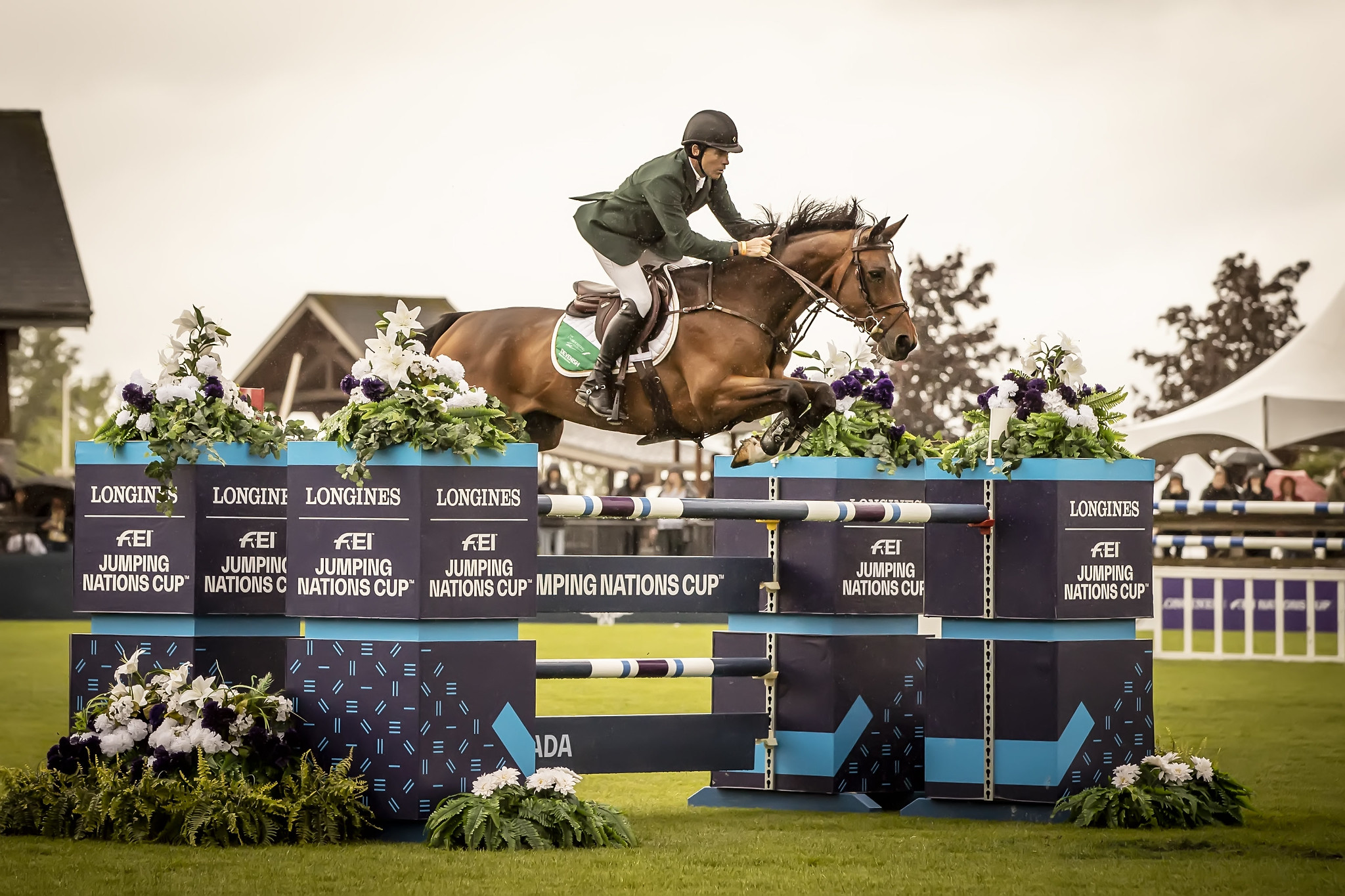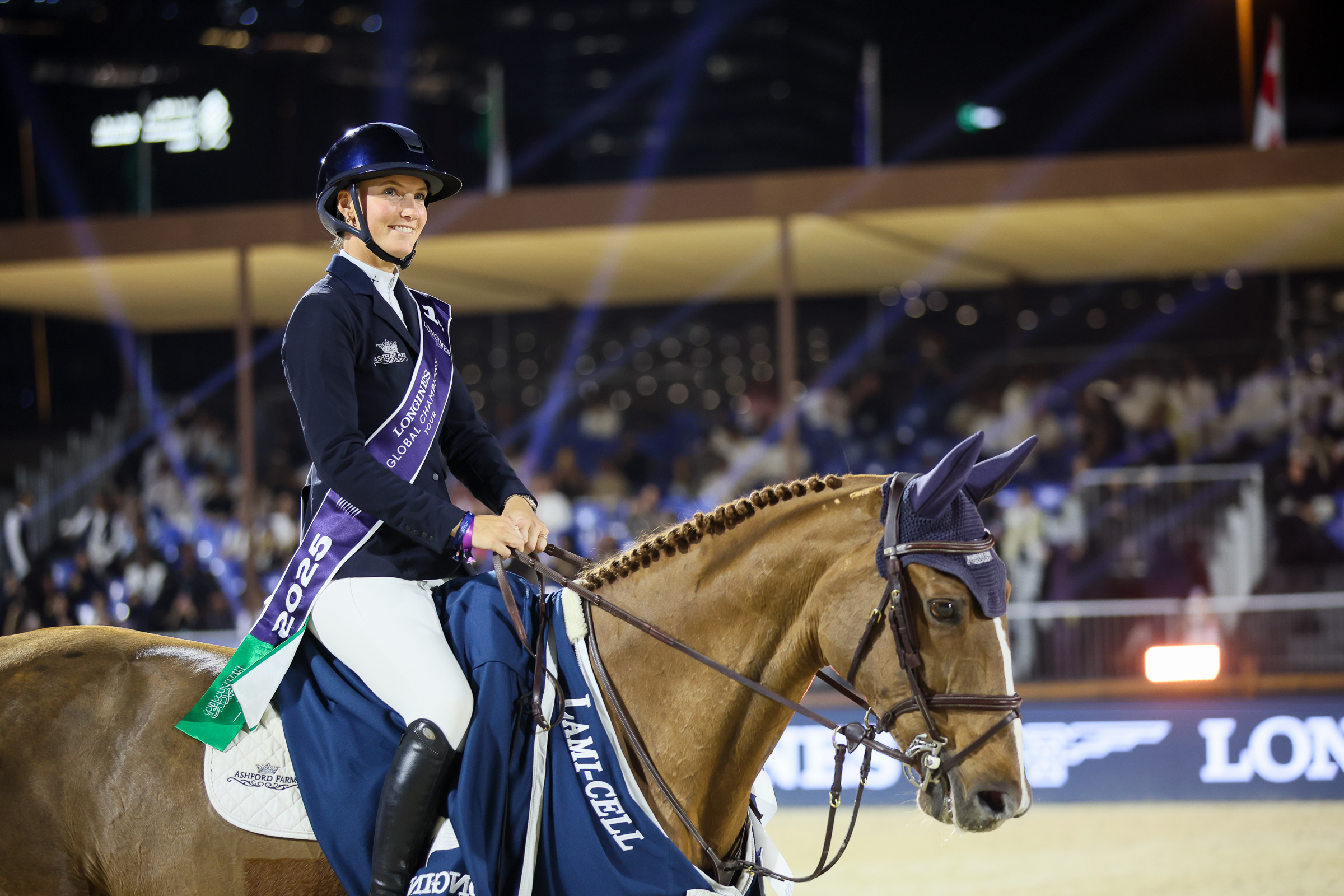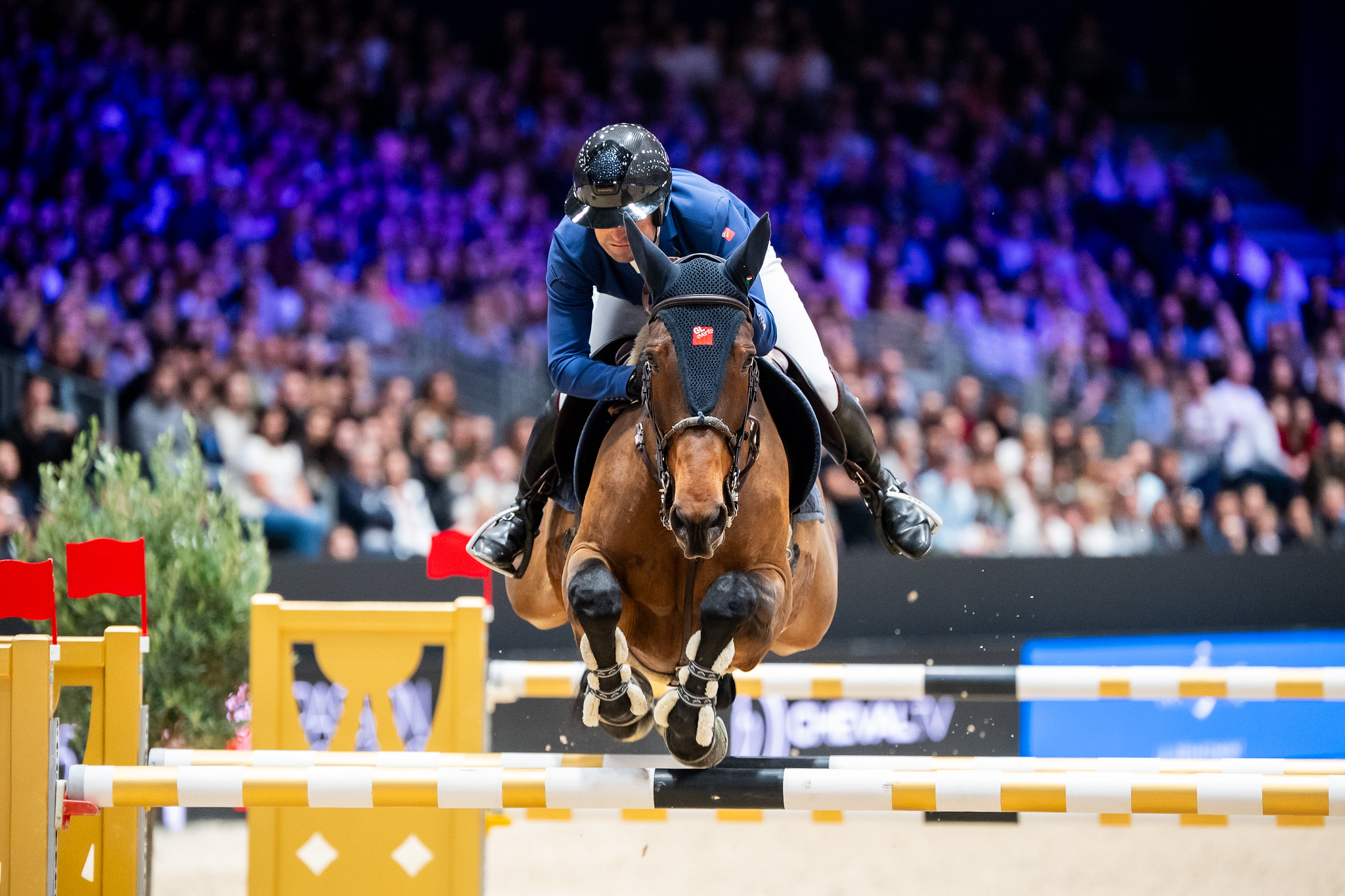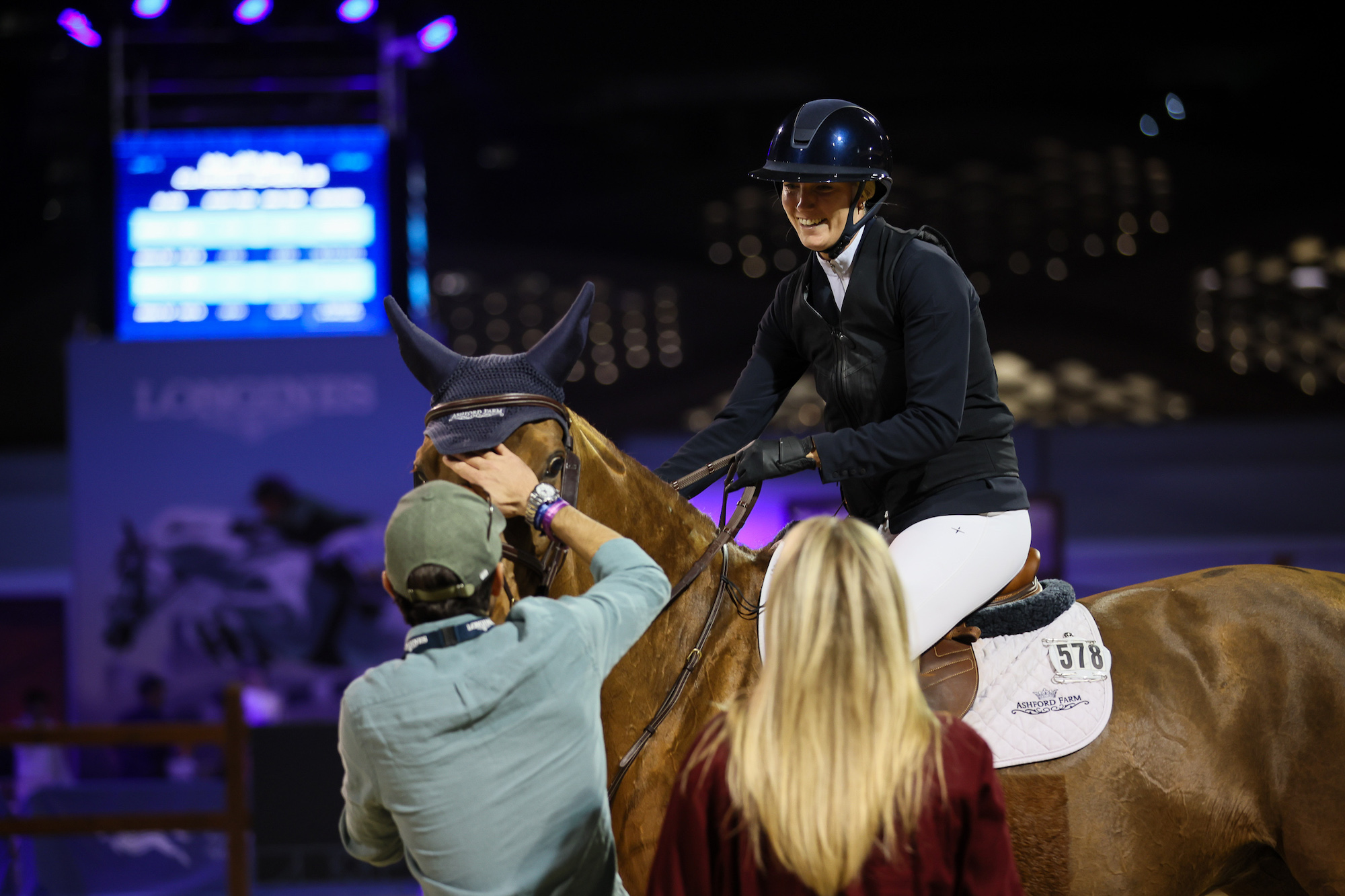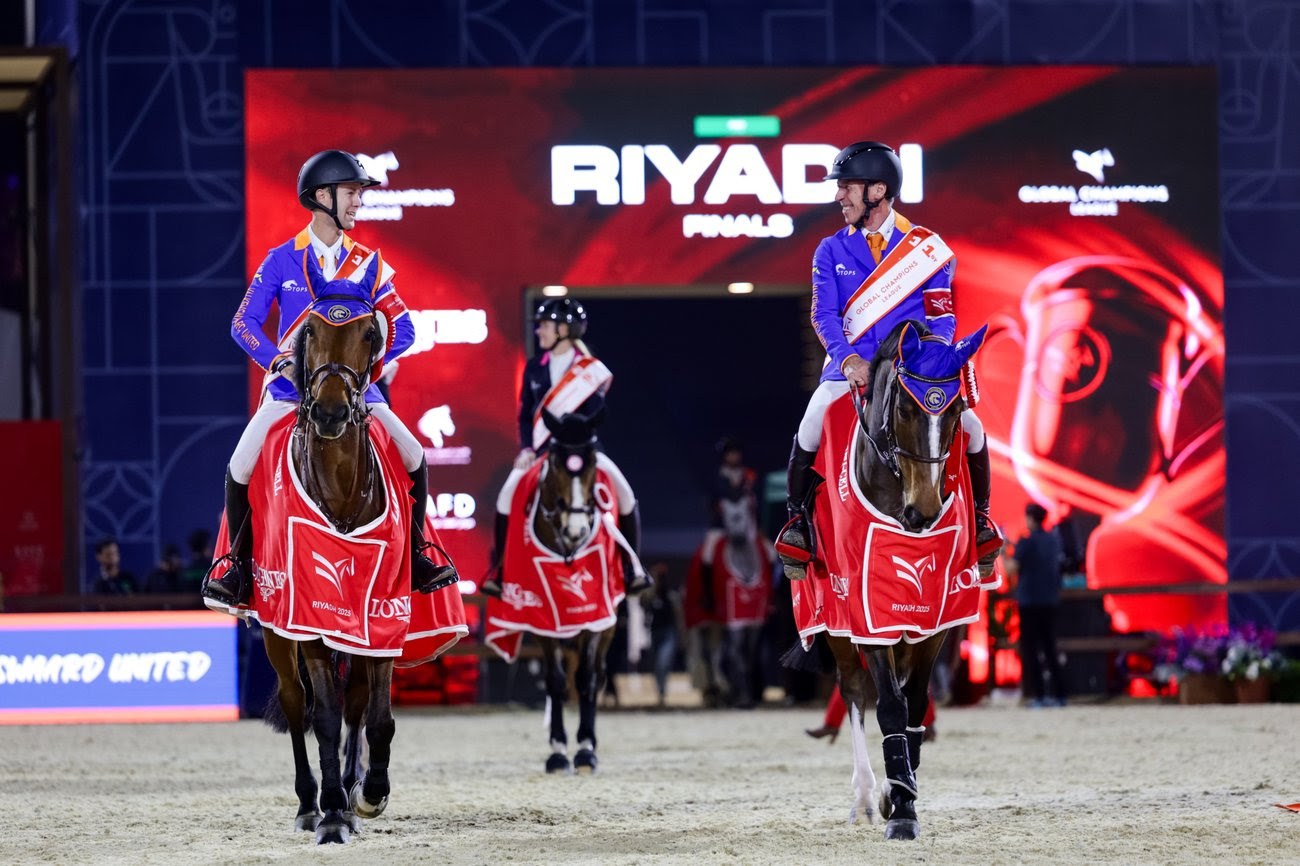If you’ve ever trudged into the field, halter in hand, only to watch your horse turn tail and leave like they just saw a tax collector—congratulations, you’re not alone.
Few things are more frustrating than having a horse seemingly reject you. Maybe it’s the end of a long day, maybe you have exactly one hour before you have to pick up the kids, or maybe you were just really looking forward to a nice ride. Either way, watching your horse turn away or avoid you in some way can feel like a personal attack.
But before you start drafting a dramatic breakup letter to your horse, let’s slow down. Today, we’re going to break down this behavior, explore what might be causing it, and (most importantly) talk about how to fix it—without force, bribery, or an existential crisis.
Your Horse is Talking—Are You Listening?
If your horse turns away when you walk into the field or even when you enter their stall, they’re sending you a message.
Sometimes that message is subtle—turning their head away from the bridle, stepping out of reach in the cross-ties, etc. Horses don’t operate with human-like grudges, but they do remember experiences. If they associate you with something unpleasant—be it a stressful trailer ride, a saddle that pinches, or a bit that hits them in the teeth when you bridle them, that association will begin to grow louder and pervade your relationship.
This episode is supported by #WeRideTogether. For more information on the resources mentioned in today’s episode, go here.
Remember that avoidant behaviors are simply a method of communication. The key to solving the problem is getting curious instead of frustrated.
Meet Your Horse with Empathy, Not Ego
The worst thing we can do when a horse avoids us is to take it personally. Instead of thinking, Why is he doing this to me?, this episode will convince you to try flipping the question: What is he trying to tell me?
This is where my guest on today’s episode of Horse Person, Chelsea Canedy, comes in. Chelsea is an event rider with a deep understanding of horse behavior and groundwork. She’s worked with countless horses and riders to tackle this exact issue.
Together, we break down:
- How to spot this behavior when it’s still subtle—because it never really comes out of nowhere.
- How to play detective—getting to the root cause rather than just reacting.
- Two effective strategies to rebuild trust—one for catching the horse and one for rewiring negative associations.
One final note before you even start training: you have to rule out pain. Talk to your vet, bodyworker, saddle fitter, and farrier to ensure discomfort isn’t driving the behavior.
A Fix That Lasts
The good news? With the right approach, this behavior can be fixed—not just masked with carrots or forced compliance. The goal is to build a relationship where your horse wants to be with you, not just tolerates it.
So if your horse has ever left you standing in the field wondering where it all went wrong—this episode is for you. Let’s dig in and get to the bottom of it.
Listen to the full interview with Chelsea here:


 February 3, 2025
February 3, 2025 






